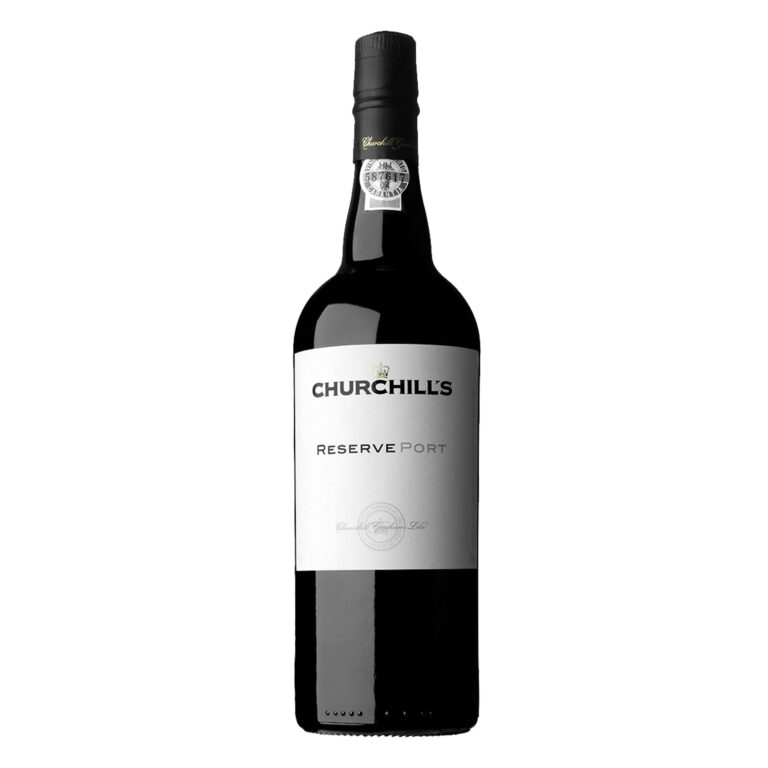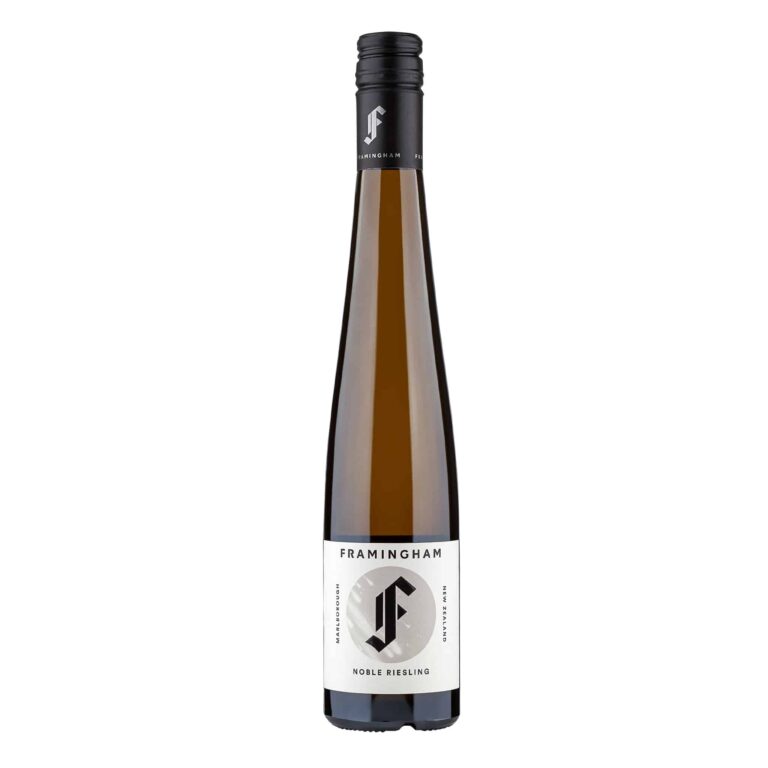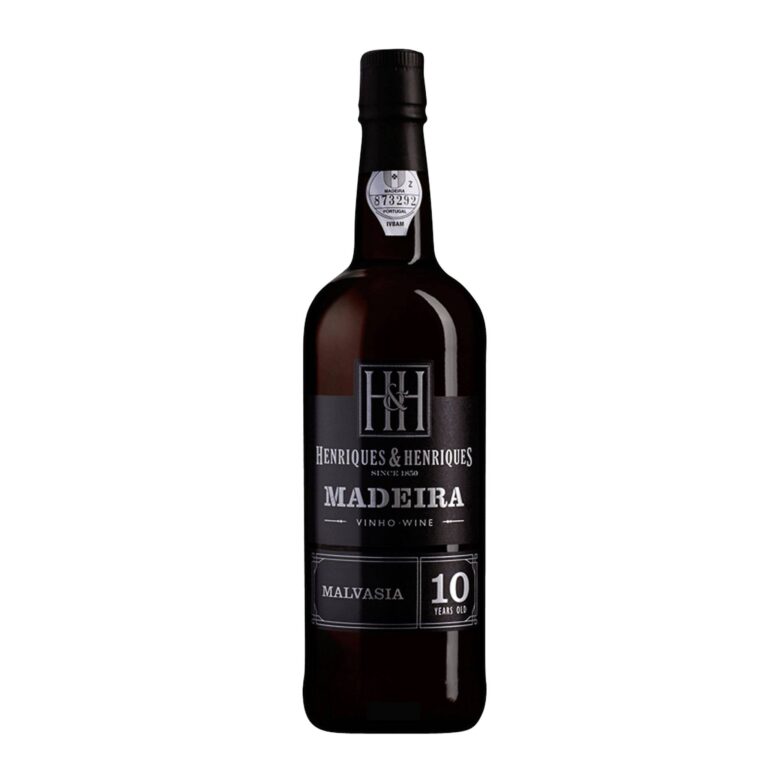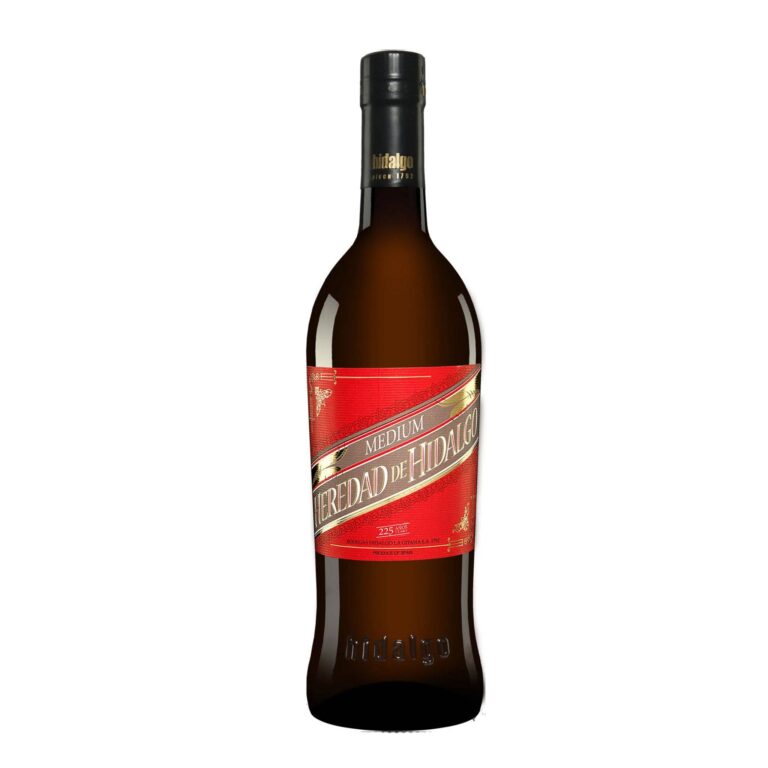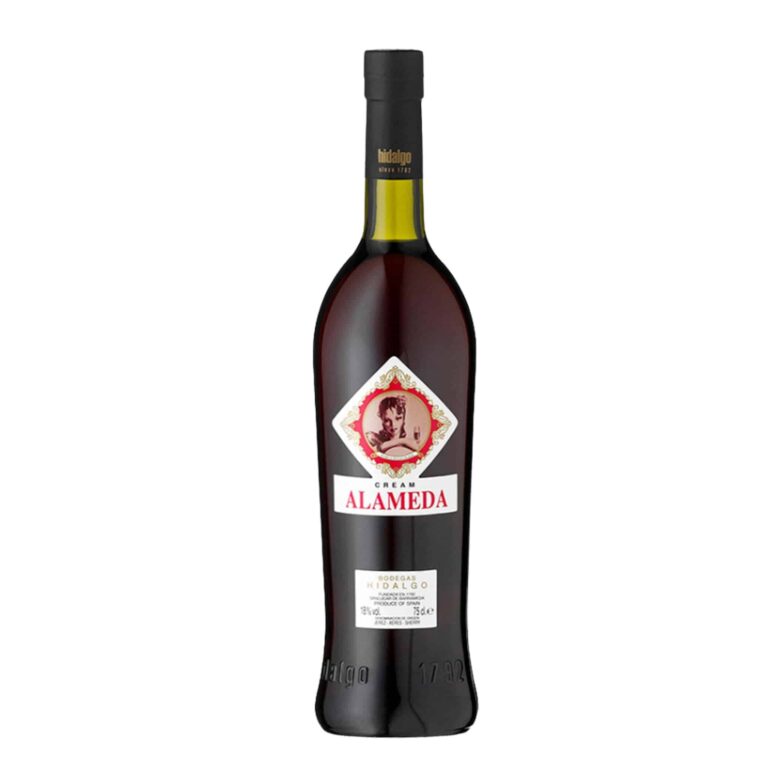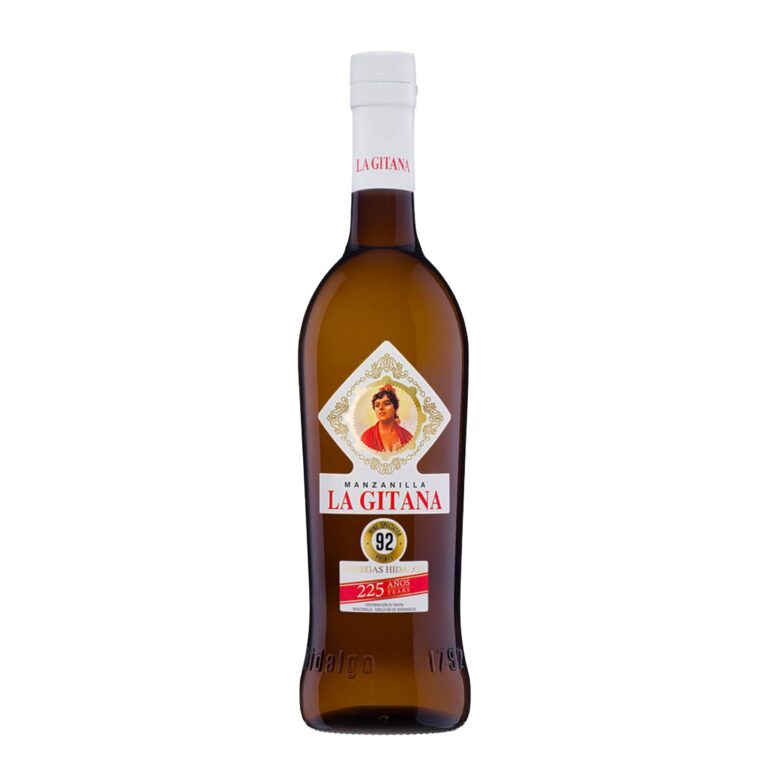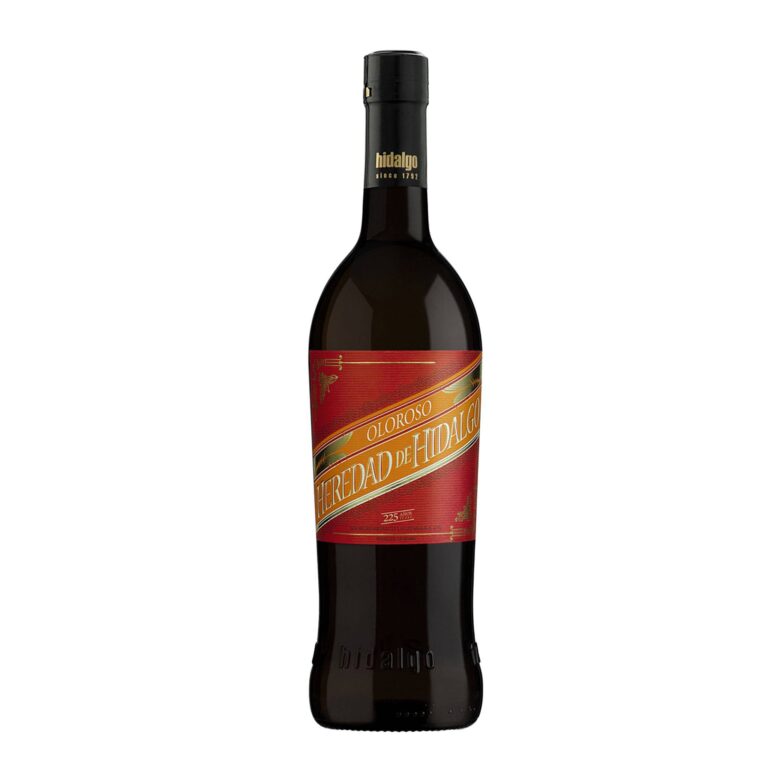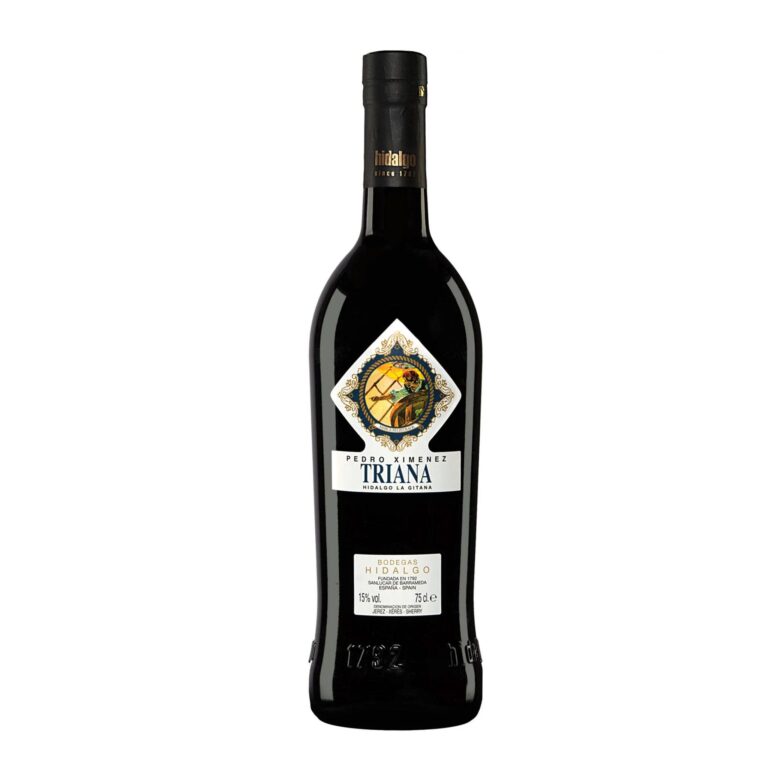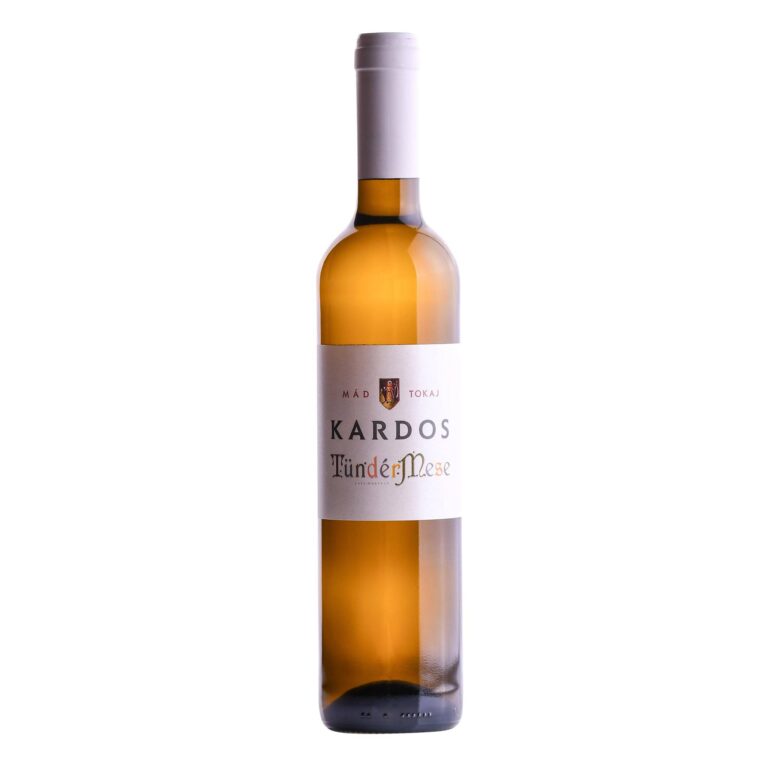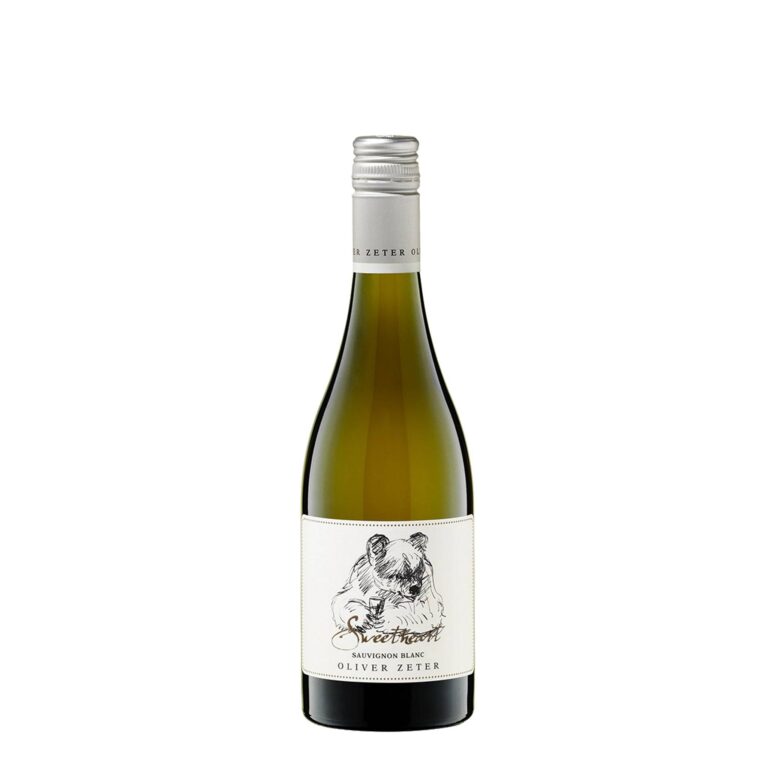Dessert Wine
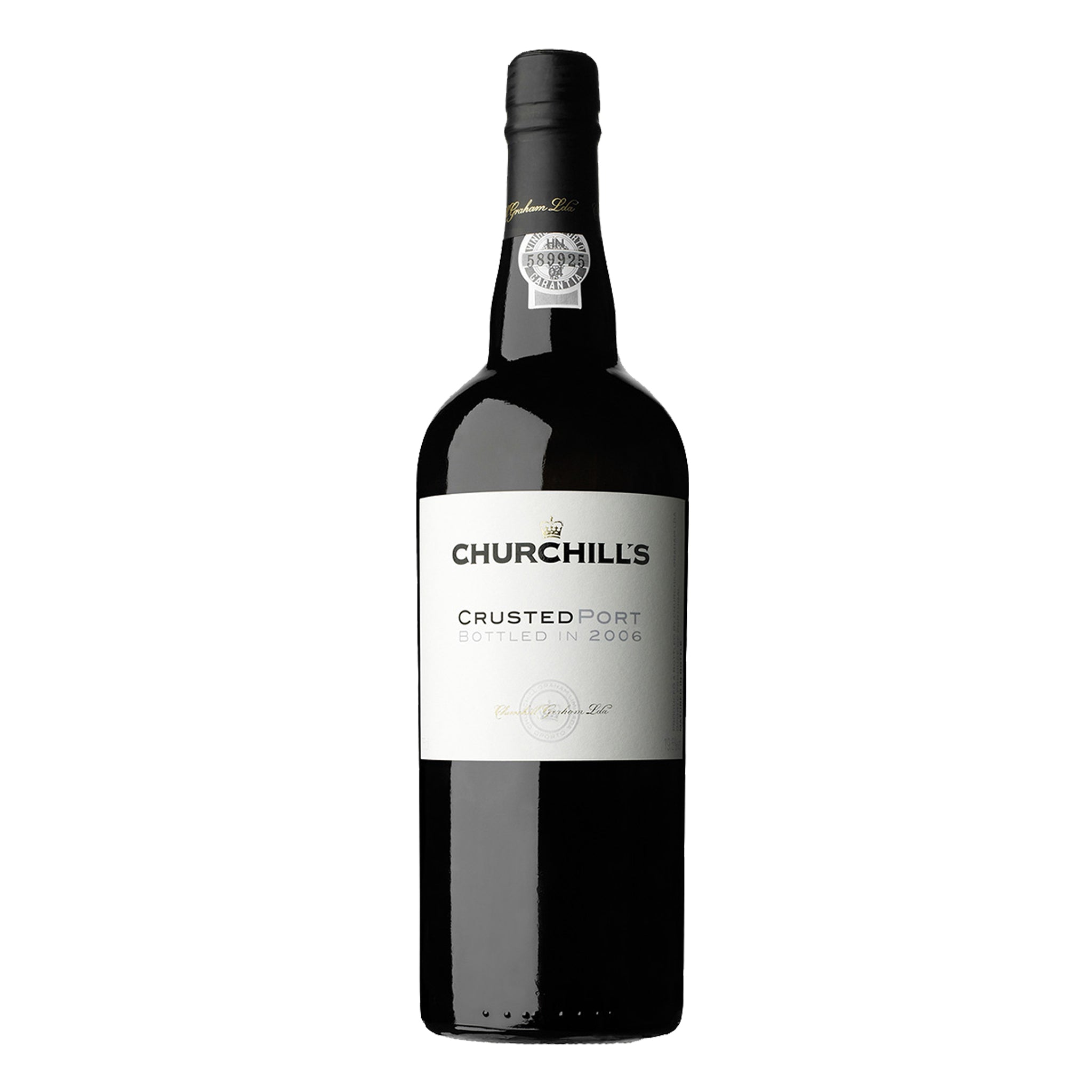
Why Dessert Wine Deserves a Place at Your Table
In the UK, dessert wines are still something of a concealed treasure. Numerous wine lovers stock reds, whites, and rosés in their home but neglect this group totally. That’s an embarrassment, due to the fact that a good after-dinner drink can raise a night– whether it’s ending up a dinner event in style or adding something unique to a silent night in.
The magic of an after-dinner drink hinges on its balance. The very best instances combine sweetness with quality, developing a smooth mouthfeel that matches instead of overwhelms the treat. Picture the tang of a blue cheese subjugated by a drizzle of honey– that’s the kind of harmony an after-dinner drink offers food.
And regardless of its extravagant feeling, you do not need to invest a lot of money. There are excellent containers available from around ₤ 10 to ₤ 30 in the UK, and even half-bottles (375ml) that make an excellent introduction for beginners.
A Brief History: From Ancient Sweetness to Modern Sophistication
The tale of dessert wine stretches back hundreds of years. The ancient Greeks and Romans were currently making sweet wines by drying out grapes in the sun, a method still used today in areas like Italy and Spain.
Fast-forward to the 17th and 18th centuries, when European courts treasured white wines like Hungary’s Tokaji Aszú and France’s Sauternes for their lush sweetness and ageing potential. These red wines weren’t just beverages– they were signs of status.
Today, after-dinner drink enjoys a quieter yet enduring appreciation. With a restored rate of interest in food pairing and artisanal winemaking, even more UK enthusiasts are rediscovering the delight of a wonderfully made sweet glass of wine– commonly offered slightly chilled, in a smaller glass, along with pudding or cheese.
The Many Faces of Dessert Wine
Not all after-dinner drinks are developed equal, which is part of the fun. Below are the major designs you’re most likely ahead across in UK stores and a glass of wine lists– each with its own story and character.
1. Late Harvest Wines
These are made from grapes left on the creeping plant longer than typical, permitting them to ripen fully and concentrate their sugars. Anticipate flavours of exotic fruit, honey, and citrus peel.
Attempt: A late harvest Riesling from Germany or Alsace– brilliant, fragrant, and wonderfully balanced.
2. Botrytized Wines (Noble Rot).
This enchanting style owes its complexity to a natural fungus called Botrytis cinerea, which dries out grapes and magnifies their flavour. The outcome is rich, honeyed sweetness with notes of marmalade and spice.
Attempt: Classic French Sauternes or Hungarian Tokaji Aszú. They pair splendidly with crème brûlée or blue cheese.
3. Ice Wine (Eiswein).
Produced from grapes frozen normally on the creeping plant, ice white wines are treasured for their intense sweetness and tidy, pure fruit flavour. They’re a lot more common in cooler climates like Canada and Germany.
Attempt: A Canadian Vidal Ice Wine– an ideal match for fruit-based desserts or sipped by itself.
4. Fortified Sweet Wines.
Some after-dinner drinks are fortified with brandy or grape spirit, halting fermentation and locking in natural sugars. Port, Madeira, and specific Sherries fall under this category.
Try: Tawny Port for its caramelized nut flavours or Pedro Ximénez Sherry for something dark, syrupy, and indulgent.
5. Passito and Straw Wines.
In Italy and Greece, grapes are typically dried out on straw floor coverings before pressing, concentrating sugars and flavours. These white wines have a delicious, virtually raisiny sweetness.
Attempt: Italy’s Vin Santo from Tuscany– scrumptious with biscotti or almond cake.
How to Enjoy Dessert Wine Like a Pro (Even if You’re New).
You do not need to be a sommelier to appreciate an after-dinner drink– simply a desire to discover. Here are a few straightforward ideas for maximising your experience:.
Offer it somewhat chilled: Around 8– 12 ° C is suitable for many sweet red wines. Prepared varieties like Port can be offered a little warmer.
Use small glasses: Dessert glasses of wine are rich, so smaller-sized portions (75– 100ml) are perfect.
Set attentively: Look for balance– a sweeter wine should always match or surpass the sweetness of your dessert.
Store meticulously: Once opened, numerous after-dinner drinks maintain well for a week or even more in the refrigerator thanks to their higher sugar content.
How to Choose the Best Dessert Wine for You.
When picking an after-dinner drink, think about two main points: sweetness level and flavour design. Both depend upon just how the a glass of wine was made and where it comes from.
1. Start with Sweetness.
Not all dessert wines are super wonderful. Some are just carefully honeyed, while others are rich and syrupy.
Below’s a basic guide:.
Lightly wonderful: Moscato d’Asti, off-dry Riesling, or demi-sec Champagne.
Best for: fruit-based desserts, or sipping by themselves when you want something fragile.
Tool pleasant: Late Harvest Sauvignon Blanc, Sauternes, or Vin Santo.
Best for: desserts, crème brûlée, or soft cheeses.
Lusciously wonderful: Ice white wine, Tokaji Aszú, Pedro Ximénez Sherry, or Tawny Port.
Best for: chocolate treats, sticky toffee dessert, and even simply a cosy evening in.
If you’re brand-new to after-dinner drinks, begin light and work your way up. It’s a little bit like coffee– some individuals like it black right away, yet a lot of us start with a little sweetness and construct from there.
2. Think About Flavour.
Sweetness apart, the flavour profile can differ hugely, depending on the region and grape variety.
Fruity and floral: Moscato, Riesling, and some late harvest glass of wines taste of peach, orange bloom, and honey.
Nutty and caramelised: Fortified glasses of wines like Tawny Port or Madeira have much deeper, toffee-like notes.
Citrus and spice: Botrytized wines (such as Sauternes) bring candied orange peel, ginger, and clove.
Raisin and fig: Passito wines or PX Sherry are darker, richer, and commonly taste like a fluid Christmas dessert.
If you favour something intense and rejuvenating, go for white wines from cooler areas (Germany, Canada, northern France). If you enjoy rich, warming flavours, try fortified styles from Portugal or Spain.
After-dinner Drink Pairing Made Easy.
Combining an after-dinner drink with food is where the magic truly occurs. It’s not regarding rigorous policies– it’s regarding balance and harmony.
Below’s a simple method to consider it: match strength with intensity. The sweeter or richer your dessert, the fuller and sweeter your white wine must be.
Exactly How to Serve Dessert Wine at Its Best.
Tiny touches make all the difference:.
Chill it: Most dessert wines taste best a little chilled (8– 12 ° C). Prepared glasses of wines like Port and Madeira prefer a touch warmer (14– 16 ° C)
. Usage correct glasses: Choose smaller-sized, tulip-shaped glasses. These focus aromas aid you in appreciating every note.
Open up early: Sweet red wines frequently improve after a few minutes of air exposure– let them breathe prior to serving.
Store effectively: Reseal with the cork or a stopper, cool, and take pleasure in within a week. Prepared red wines can last several months.
Dessert Wine vs. Other Sweet Drinks.
Many people are perplexed after-dinner drink with other after-dinner choices. Let’s establish the record directly in basic terms.
Dessert Wine vs. Sweet Table Wine.
The primary difference comes down to the objective.
After-dinner drinks are made especially to be sweet and frequently come from grapes that have been overripe, dried, or frozen. Sweet table wines, by comparison, might have a hint of sweetness or recurring sugar left from fermentation– think about an off-dry Riesling or a Moscato d’Asti.
When to pick an after-dinner drink: After a meal, or when you desire something indulgent and rich.
When to choose a pleasant table wine: With lighter foods, or when you desire a revitalising, semi-sweet sip.
After-dinner Drink vs. Liqueurs.
A liqueur, like Baileys or Cointreau, is a spirit-based drink that’s flavoured and sweetened– much stronger than a glass of wine. After-dinner drinks are gentler, generally 8– 15% alcohol (though fortified ones like Port get to 20%).
If you want something lighter and more wine-like, choose an after-dinner drink.
If you choose something boozy and syrupy, a liqueur might be your style.
Dessert Wine vs. Fortified Wine.
This one’s a little trickier due to the fact that some dessert wines are strengthened (like Port or Sherry). The stronghold process quits fermentation early, maintaining several of the grape’s all-natural sugars undamaged.
Fortified after-dinner drink: Port, Madeira, and some Sherries– commonly more durable and greater in alcohol.
Unfortified dessert wines: Sauternes, Tokaji, Ice Wine– generally lighter, fresher, and fruit-driven.
Frequently Asked Questions.
1. What is the very best after-dinner drink for beginners?
Begin with something light and fruity, like Moscato d’Asti or a Late Harvest Riesling. These glasses of wine are carefully pleasant, aromatic, and simple to appreciate without feeling heavy.
2. Exactly how should I keep dessert wine when opened up?
A lot of dessert wines keep well for as much as a week in the fridge, thanks to their sugar content. Fortified red wines like Port or Sherry can last for numerous weeks or perhaps months once opened up if sealed effectively.
3. What temperature should dessert wine be offered at?
Offer an unfortified after-dinner drink somewhat cooled (around 8– 12 ° C). Prepared red wines like Port are best a little warmer (14– 16 ° C) to draw out their rich flavours.
4. Can I consume dessert wine without a treat?
Definitely! After-dinner drink makes a terrific standalone reward. Appreciate it as an after-dinner drink, with cheese, or even as a mid-evening indulgence.
5. Where can I acquire dessert wine in the UK?
You’ll find an excellent array at major retailers like Majestic Wine, Waitrose Cellar, Laithwaites, The Wine Society, and Berry Bros. & Rudd. For online purchasing, the majority of suppliers offer convenient distribution and curated collections to match every spending plan.
Final Thoughts: Finding Your Perfect Sweet Spot.
Dessert wine does not ask much of you. It’s not about evaluating every note or adhering to rigid pairings. It’s regarding enjoyment, discovery, and treating yourself to something tasty and unanticipated.
If you’re new to the world of pleasant wines, start small– perhaps a half bottle from a trusted UK merchant. Trying out pairings, share it with pals, or drink it solo as a silent extravagance.
The following time you’re buying white wine, do not miss the dessert area. There’s a whole world of sweetness waiting to be checked out– and it might just become your new preferred routine.







